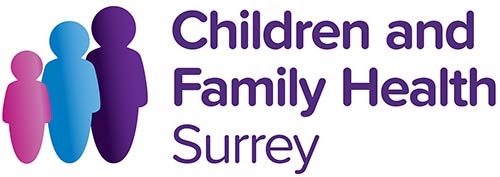Social communication includes:
- Using good eye contact and the right facial expression when talking and listening to people
- Good listening skills
- Taking turns
- Awareness of how other people feel
- Understanding and using body language and non-verbal signals
Children learn language and social rules by copying what they see and hear.
- Make eye-contact: face your child and bend down to their level before you start talking to them. Make your face more interesting to look at by exaggerating emotions on your face.
- Make activities fun: your child will only be interested in attending to things if they are fun and interesting. If you give the impression that the activities are fun, your child is likely to think they are fun too.
- Ask your child whether they are listening before giving them an instruction.
- Point out how characters on the television are feeling. Discuss how you know this.
- Praise good use of the skills you are working on e.g. 'good looking'.
- Use visual prompt cards to reinforce the skill you are targeting.
- Make behaviour expectations clear and consistent e.g. making your child aware of not hugging everyone.
- Play people games: the best games are repetitive and follow what the child likes to do e.g. ready,steady, go, peek a boo, round and round the garden, row row row your boat.
- Develop copying: encourage copying by joining in your child’s play and copying what they are doing. They might start to copy your actions. If they are not interested in copying, playing alongside them will also help to extend your child’s ideas, e.g. banging bricks together, copying faces and sounds, Simon Says games, follow my leader.
- Improve eye contact: wait a second before giving the child a drink/food/toy and encourage looking before handing over. This can be done in lots of situations throughout the day e.g. bath time, meals, getting dressed. Hold objects by your eyes and then make them disappear and then reappear. This encourages a child to look at your face.
- Play games to enturn-takingn taking: e.g. rolling a ball to each other, putting things in a box, adding bricks to a tower. Use words like 'Ready Steady go' and wait till they look at you or give a signal before having a turn. Use the language 'my turn/your turn'. Give lots of praise for good sharing. In the beginning, your child may need to have two turns to your one!
To have an effective conversation, a number of different communication skills are involved, for example, listening, turn-taking, staying on topic, developing ideas, empathy and sustaining and repairing conversations.
- If your child starts to talk off-topic, remind them of what they should be talking about. If needed, give them a time when they can talk about their chosen topic.
- Avoid interpreting what your child means, ask probing questions if they have not given enough information.
- In a conversation, make your child aware of the need to take turns so that each person has a time when he talks and when he listens.
- Give your child time to respond.
- Encourage your child to both answer and ask questions.
- Through modelling, encourage your child to start and end conversations with peers and adults using appropriate phrases e.g. When someone walks into/leaves a classroom/home say 'Hello/Bye, John' giving good eye contact to show your child a good model. Use conversational questions such as 'How are you?' at appropriate times.
- Encourage your child to use nodding, eye contact and verbal fillers such as 'uh-hum, ummm, ok' to keep the conversation going.
- Make sure that you have time each day where you can have a conversation with your child, for example, about what they have done at school or what they will be doing at the weekend. Ensure that everyone has a chance to contribute to the conversation.
- Discuss the 'rules' of good conversations with your child e.g. listening carefully to what is being said, sitting still, looking at the person who is talking, thinking about the words the other person is saying and trying to talk about the same things, taking turns and not interrupting.
- Encourage your child to take turns, play games that involve taking turns, for example, board games.
- When talking in a group, use an object such as a ball, as a visual reminder that each person needs to take a turn. Introduce a topic and then pass the ball around the group, ensuring each person has a turn.

